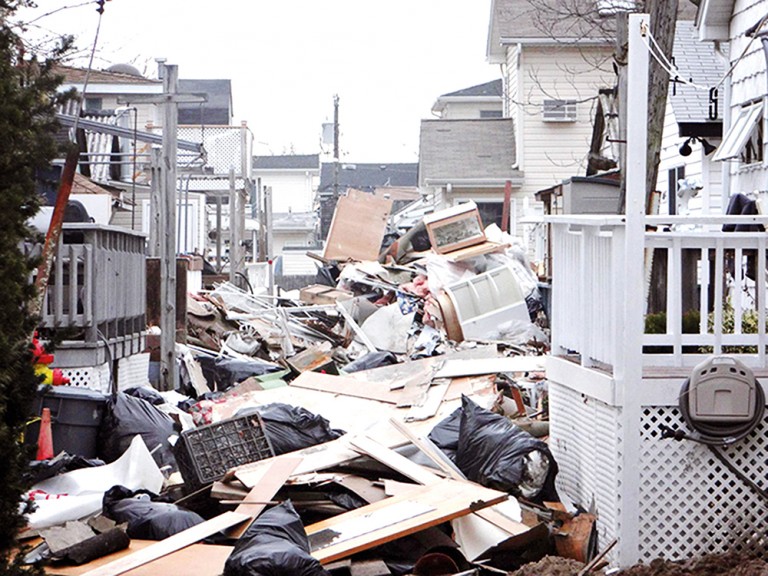By Forum Staff
A new report from State Comptroller Tom DiNapoli found the frequency of severe weather in the state is growing, taking a toll on New York’s residents, property and economy.
While New York is investing to reduce those impacts through the Clean Water, Clean Air and Green Jobs Bond Act, DiNapoli warned that the federal government should expand its funding and efforts, not claw back funds and leave states and communities vulnerable to extreme weather and flooding.
Since 1998, federal assistance to New York provided for declared disasters and emergencies has averaged $958.6 million in aid annually. While actual annual amounts are variable based on the severity of weather events, the aid provided captures only a portion of the full cost of the damages.
DiNapoli’s report utilized data produced by the National Oceanic and Atmospheric Administration, the Federal Emergency Management Agency, and the National Flood Insurance Program, as well as analysis in the State Hazard Mitigation Plan. Major findings include:
Weather-related disasters that cause $1 billion or more in damage have occurred at an increasing rate since 1980.
Severe weather events are increasing in New York and certain types of events, including thunderstorm-related damaging wind and flash flooding, are also increasing.
Since 1998 there have been an average of 2.5 weather events per year in New York that resulted in federal disaster or emergency declarations with authorized annual assistance averaging $958.6 million.
There have been 594 deaths in the state due to severe weather between 1996 and 2024. Heat and extreme heat events caused the most deaths (122), followed by rip currents (62), and flash flooding (57).
New York State has dedicated $1.1 billion of the $4 billion bond act to projects to move structures and infrastructure out of high flood risk zones, restore natural drainage features like flood plains and wetlands that can help control storm water and projects to protect infrastructure from floods. Through August 2025, $129.7 million in restoration and flood risk reduction projects have been awarded.(Report Appendix includes bond act grant awards in specific communities). Other corporate and municipal entities are also undertaking such resiliency investments, which are essential for the protection of lives and infrastructure and future economic growth.
According to the U.S. Chamber of Commerce, climate resilience expenditures reduce the cost of cleanup and rebuilding by as much as $6 for every dollar spent and lower economic damage by as much as $7 for every dollar spent. DiNapoli’s report recommends the State Adaptation and Resilience Plan include a clear assessment of associated costs, revenue sources and a timeline for implementation.
The state should also partner with local communities on projects and redouble its efforts to assist municipalities in planning and developing cost-effective initiatives to mitigate extreme weather and to facilitate communities’ ability to access resilience funding in the bond act, Di Napoli added. It should also provide oversight so projects are completed in a timely and affordable way. Given the increase in severe rain events, capacity for storm water management may need to be upgraded in New York’s urban areas. Serious consideration should be given to planning for protecting lives and property in areas at high risk for flooding and limit development in these areas. Attention should also be paid to disadvantaged communities located in areas that may be at greater risk, such as those in flood plains.

